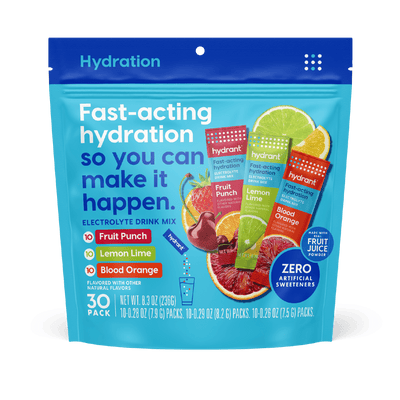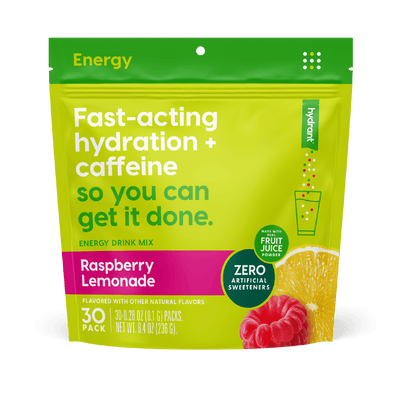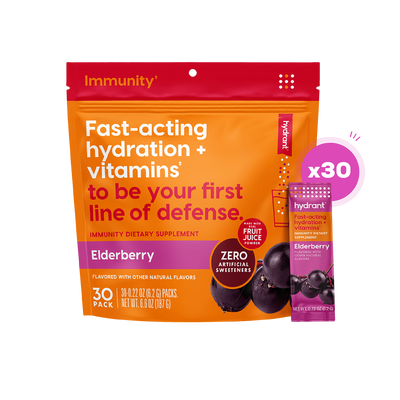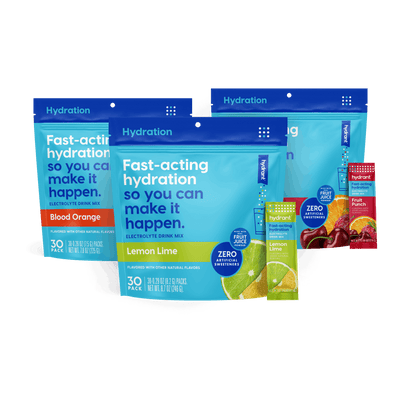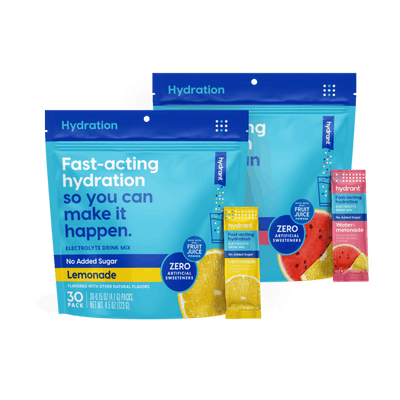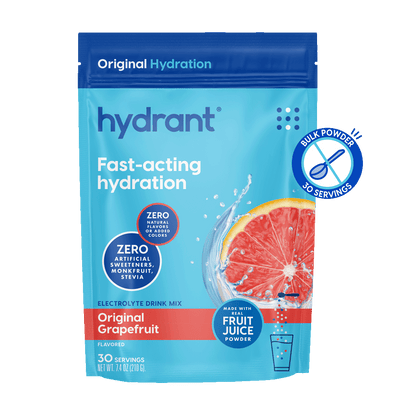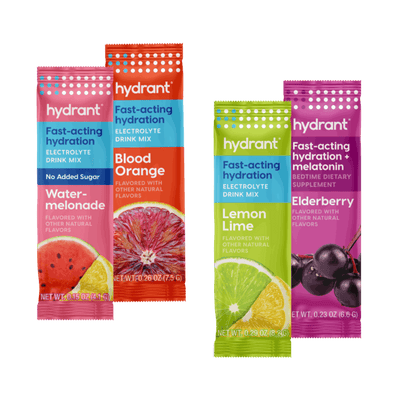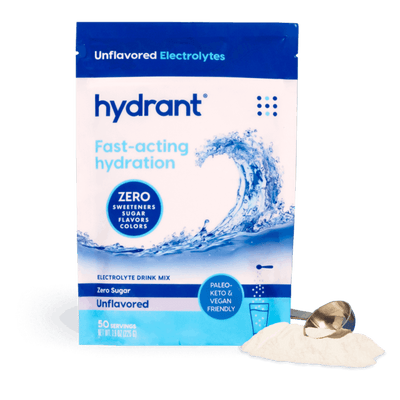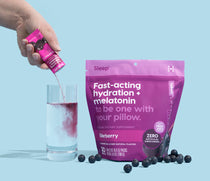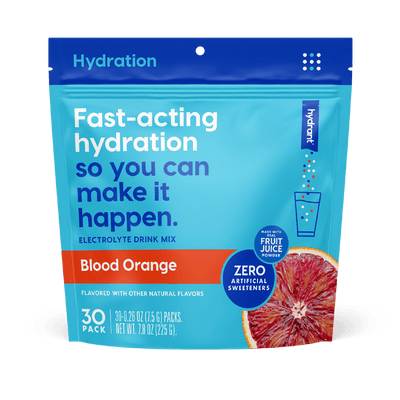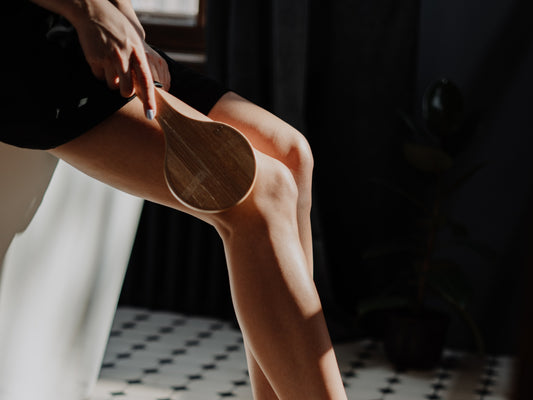Do you suffer from dry skin despite having naturally oily skin? If so, the reality is that you might not have dry skin at all. It’s very likely that what you actually have is a case of dehydrated skin instead. Given that these two are different, albeit closely linked, dehydrated skin needs to be treated in the appropriate way. Your first job, then, is to determine whether you do actually have this issue.
The fact that you are reading this blog suggests that you are suffering from a skin irritation of some kind. Here’s all you need to know about the dehydration skin test and other telltale signs linked to dehydrated skin.
The dehydration skin test
When you believe that the skin is dehydrated, one of the best ways to confirm the situation is to conduct a quick and simple dehydration test.

The dehydration test is one that checks the skin turgor levels of the skin. The term skin turgor relates to the skin’s elasticity levels. The turgor levels are primarily dictated by the water content within the skin, which is why this can be a way to test for hydration levels without taking on advanced medical processes.
A dehydration test is very easy to complete. Simply grab some loose skin (under the arm and on the abdomen are the most common) and let it go. The idea is to note whether the skin returns to its natural position and shape immediately. Healthy and hydrated skin will snap back into place instantly because the turgor levels and water content are of the desired standard.
When the turgor levels are below the desired level, the skin may take a couple of seconds to return to normality. This can happen when you have moderate to severe fluid loss, which means having a reduction of at least 10% [4], which is a significant level of dehydration.
This is the same test that a medical professional may use when checking for dehydrated skin. If nothing else, it can be a quick way to get a result. Besides, the test is painless and takes just a few seconds to complete.
Dehydrated skin or dry skin?
The reason that many people confuse dry skin with dehydrated skin is because the two words are wrongly interchanged on a regular basis. Frankly, there are significant differences in the symptoms, impacts, and treatments but one of the biggest contrasts comes from their respective sources.

Unsurprisingly, dehydrated skin relates to low water levels and moisture in the skin. While many people believe that this is true for dry skin too, heightened dryness is actually caused by low sebum oils [1]. As such, despite the fact that they each impact the skin, they are two completely different things. It is possible to experience both simultaneously, or just one of them.
The symptoms of dehydration in our skin
Given that our bodies are primarily made of water, it’s imperative that we keep our hydration levels at a suitable level. We can lose an average of 900 ml [2] through sweat and breathing each day, and that’s before taking the effect of exercise on our hydration needs into account. Sadly, many people overlook this element, which is why dehydration can be one of the most common health problems of all.
- Fine lines and wrinkles become more noticeable and defined.
- Skin feels itchy, becomes red, or appears aged.
- Skin appears sunken and shadowy around the eyes.
- Dark skin appears around the eyes.
- Dull tones are visible in other skin areas.
Some of those symptoms are the same, or at least similar, to symptoms linked to dry skin. However, when the skin is dehydrated, it’s likely that you will also experience symptoms of general dehydration.
- Headaches and dizzy spells.
- Dry mouth and noticeable thirst.
- Urine is darker than usual, and may occur less regularly.
- Tiredness despite no other reasons for feeling this way.
- Low blood pressure.
Given that dehydration can take its toll even when you are just 1-2% dehydrated [3], identifying those symptoms at the earliest possible stage is crucial. If you’ve spotted any of them, it’s worth conducting a little additional research.
Why is your skin dehydrated?
If your skin is dehydrated, it’s likely that your body is dehydrated as a whole. Given that studies have shown 75% of Americans [5] suffer from dehydration on a regular basis, it’s safe to assume that this is the main source of skin dehydration.

Therefore, it’s always a good idea to focus on rehydrating your body, especially as your dehydrated skin may be a sign that you sweat and perspire at a faster than average rate. Increasing your water intake is one of the most important factors. However, you don’t merely want to replace the water lost through sweat. Drink Hydrant to replace salts and electrolytes for greater results.
Meanwhile, being careful to avoid harmful products like too much caffeine or alcohol can be important too. When you support your body from the inside out, you’ll be sure to see noticeable changes.
Skin dehydration can be caused at skin level too. Poor air quality and low moisture levels will impact the skin’s hydration levels, which is why you may benefit from installing a humidifier in the bedroom. Hot showers can, despite the constant exposure to water, leave your skin dehydrated too. Reducing the time spent in the shower or bath may help, as can reducing the temperature.

There are also a number of products that can be used to moisturize and hydrate the skin, as well as others that are designed to lock the moisture in. They can be particularly effective as overnight solutions.
In most cases, dehydrated skin is through poor habits and a lack of understanding more than anything else. Therefore, making those conscious efforts should lead to increased hydration for the skin and the body as a whole.
Give it a week and run the hydration test once more. If things are back to normal, you’ll know that the new habits are working wonders.
What if the skin stays dehydrated?
The skin takes 35 days to replace itself [6], so there isn’t any reason to worry if the results don’t come as fast as you’d hoped, especially if there is still some progress. Most cases of dehydrated skin are temporary and can be fixed without outside help.
Nonetheless, it could be that you are losing moisture and salt at a rapid rate for an unexplained reason or due to an underlying issue. So, if the dehydration doesn’t pass even after you’ve made a conscious effort for a month, it might be best to consult an expert. In truth, you will probably be told to change your routines slightly. However, it’s always better to be safe than sorry by getting a deeper understanding.
Recap: Dehydrated Skin
Dehydration affects up to 3 in 4 Americans while the skin shows symptoms more than most body parts. Moreover, the skin is often the last organ to see the benefits of increased hydration. Therefore, you may need to follow a winning strategy for several weeks to correct the damage. Following this, you must keep the progress up for the long haul.
The first step, however, is to confirm that this is the problem you’re faced with. Use the dehydrated skin test today, and you’ll soon have the answers you need.
